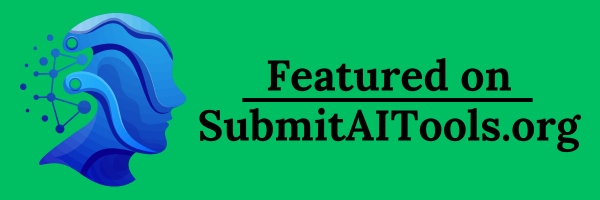Social Media Graphics
Social Media Graphics refer to visual content designed specifically for use on social media platforms, enhancing engagement and communication with audiences through striking imagery and design.
Frequently Asked Questions
What are Social Media Graphics?
Social Media Graphics are visual elements created for social media platforms to convey messages, promote products, or engage audiences. This includes images, infographics, illustrations, and design templates tailored for specific platforms.
Where are Social Media Graphics used?
Social Media Graphics are used across various social media platforms such as Facebook, Instagram, Twitter, LinkedIn, and Pinterest. They are also commonly utilized on websites, blogs, and email newsletters to enhance visual appeal.
When should Social Media Graphics be used?
Social Media Graphics should be used regularly to maintain audience engagement, during campaigns for product launches or promotions, and in posts intended to share information or valuable content that resonates with the audience.
Why do we need Social Media Graphics?
Social Media Graphics are crucial as they capture attention, convey information quickly, and improve engagement rates. They enhance brand identity and make content more shareable, which is vital for expanding reach on social media.
How to create effective Social Media Graphics?
To create effective Social Media Graphics, it is essential to understand the target audience, use high-quality images, follow platform-specific dimensions and guidelines, maintain brand consistency, and leverage design tools or professional designers for optimal results.
Key Takeaways
In influencer marketing, Social Media Graphics play a significant role in capturing audience attention and promoting brand engagement. By utilizing visually appealing graphics, brands and influencers can effectively communicate their messages and strengthen their online presence.
Hot Glossary Terms
Influencer Marketing
Influencer Marketing is a strategy that leverages the influence of individuals with large followings on social media to promote products or services, aiming to reach a targeted audience effectively.
Social Media Marketing
Social Media Marketing refers to the use of social media platforms and websites to promote a product or service, encouraging user engagement and brand awareness through content creation and sharing.
Content Strategy
Content Strategy is a comprehensive plan aimed at creating, publishing, and managing high-quality content to achieve business goals and enhance user engagement.
Brand Partnerships
Brand Partnerships refer to collaborative relationships between two or more brands or influencers aimed at promoting mutual interests and achieving shared goals through combined marketing efforts.
Engagement Rate
Engagement Rate is a key performance metric in social media and influencer marketing that measures the level of interaction and engagement a piece of content receives from its audience.
Related Terms
Referral Marketing
Referral Marketing is a strategy focused on encouraging existing customers to recommend a business's products or services to new customers, often incentivizing them for their efforts.
Revenue Share
Revenue Share refers to the distribution of earnings generated from a marketing partnership or collaboration, particularly in influencer marketing, where influencers receive a percentage of the revenue they help generate for a brand.
Affiliate Marketing Trends
Affiliate Marketing Trends refer to the evolving practices and strategies in affiliate marketing that influence how brands collaborate with affiliates to promote products and services effectively.
Social Media Guidelines
Social Media Guidelines are a set of recommendations and rules designed to direct how individuals and organizations interact on social platforms, ensuring that their behavior aligns with branding, legal, and ethical standards.
Audience Segmentation
Audience Segmentation is the process of dividing a target audience into distinct groups based on various characteristics, allowing marketers to tailor their messages and strategies to specific segments for more effective communication.







